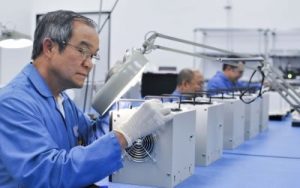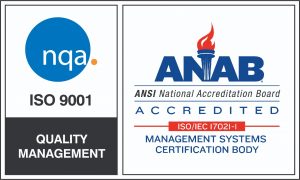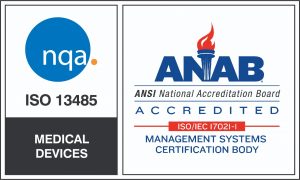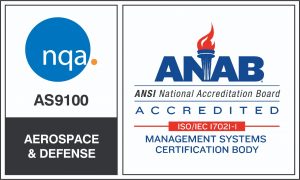 Component end-of-life (EOL) is a common problem with electronics manufacturing. During the design process, designers must consider the likelihood that specific components will be discontinued at some point during production. Unfortunately, there’s often no way to know when the manufacturer of certain components will run out of stock or discontinue production. When this occurs, companies that rely on these components to create their product face rising costs and costly redesign when the component manufacturer eventually runs out of stock.
Component end-of-life (EOL) is a common problem with electronics manufacturing. During the design process, designers must consider the likelihood that specific components will be discontinued at some point during production. Unfortunately, there’s often no way to know when the manufacturer of certain components will run out of stock or discontinue production. When this occurs, companies that rely on these components to create their product face rising costs and costly redesign when the component manufacturer eventually runs out of stock.
Although EOL can impact all industries, it tends to hit highly regulated industries like medical and defense much harder. This is because companies responsible for the creation of products for these industries must gain certification for each product they produce. Even small changes to the design can necessitate an expensive and time-consuming re-certification process.
Ideally, designers should only select components they know will be around for quite some time. Fortunately, there are a few things designers can look for when determining component EOL.
Supplier Reputation
When choosing components for use in an electronic device, it’s important to look at the reputation of the supplier. A reputable supplier will stand behind their components. Another factor to consider is the number of suppliers offering the specific component. It’s much riskier if the component used only has one supplier. With more than one supplier, there’s always a back-up if one or more goes out of business.
Avoid Counterfeits
Counterfeit components often enter the market as parts become harder to source. Although companies are often tempted to purchase counterfeits, doing so can negatively affect the quality of finished products. This is another reason why it’s extremely important that designers make sure they purchase components from a reputable source.
Consult a Contract Manufacturer for Advice
Although there isn’t any guarantee that components will remain available forever, an experienced electronics contract manufacturer like Means Engineering can provide information about reliable sources and components. Contract manufacturers deal with suppliers on a daily basis and can provide valuable advice on potential EOLs. The earlier you consult with an experienced CM the better equipped you’ll be in the future.
 Box-build, or system integration, is an electromechanical assembly process which includes enclosure fabrication, installation and routing of cabling or wire harnesses, and installation of sub-assemblies and components. A complex box-build includes a fully integrated electro-mechanical system with pneumatics and electronics.
Box-build, or system integration, is an electromechanical assembly process which includes enclosure fabrication, installation and routing of cabling or wire harnesses, and installation of sub-assemblies and components. A complex box-build includes a fully integrated electro-mechanical system with pneumatics and electronics. The Internet has created numerous opportunities for entrepreneurs and small businesses to sell their products to people around the world. While selling products online can bring significant income, many businesses simply do not know how to meet extremely high consumer demand.
The Internet has created numerous opportunities for entrepreneurs and small businesses to sell their products to people around the world. While selling products online can bring significant income, many businesses simply do not know how to meet extremely high consumer demand. Companies must make strategic decisions to keep costs low. One of the biggest decisions facing companies today is the choice between manufacturing in-house and outsourcing to an experienced contract manufacturer.
Companies must make strategic decisions to keep costs low. One of the biggest decisions facing companies today is the choice between manufacturing in-house and outsourcing to an experienced contract manufacturer. Every year, the manufacturing industry sees trends come and go. While some of these trends make very little difference to the industry as a whole, others have a major impact. Research suggests that several new and emerging manufacturing trends and technologies will affect the industry for many years to come.
Every year, the manufacturing industry sees trends come and go. While some of these trends make very little difference to the industry as a whole, others have a major impact. Research suggests that several new and emerging manufacturing trends and technologies will affect the industry for many years to come.

